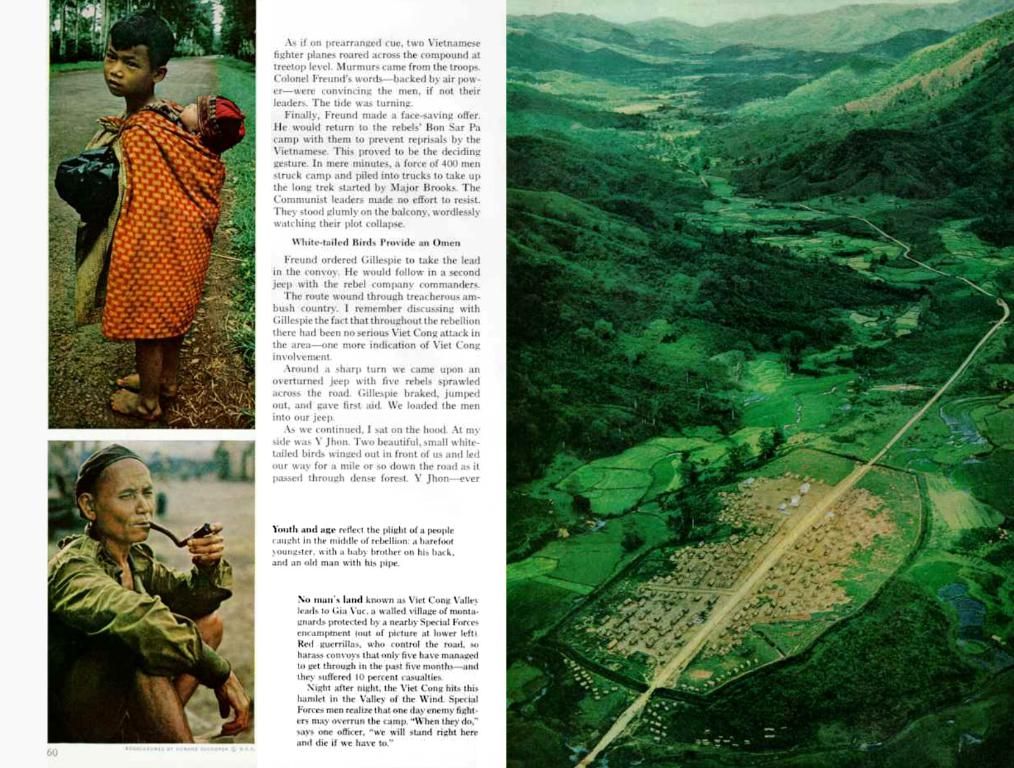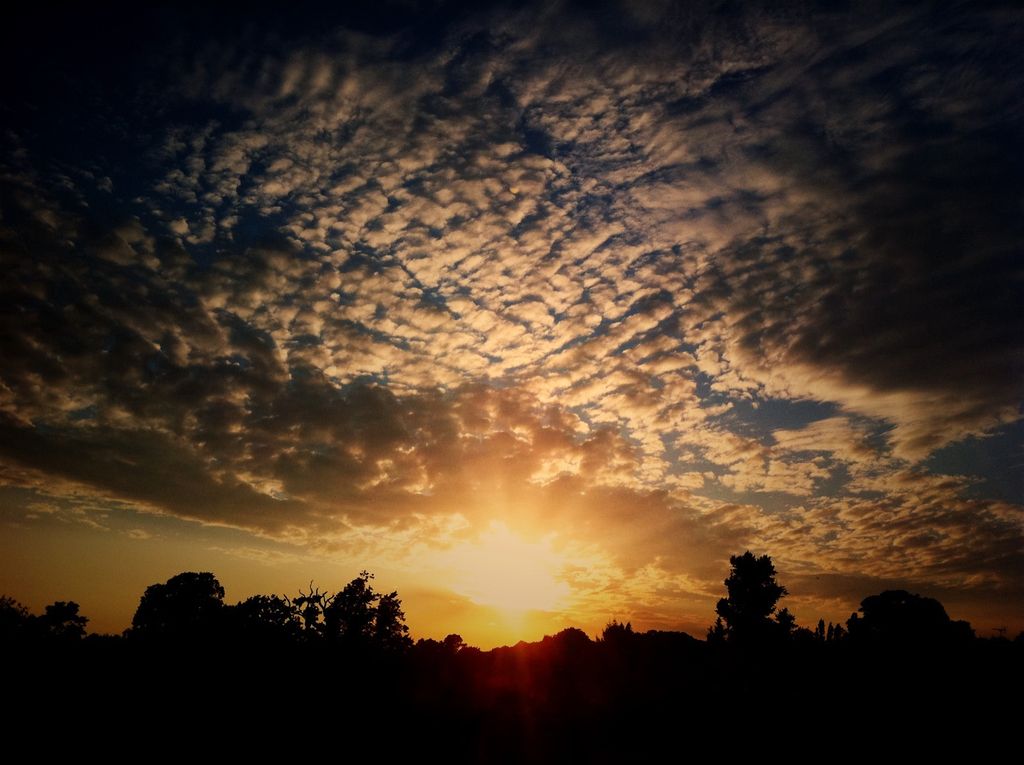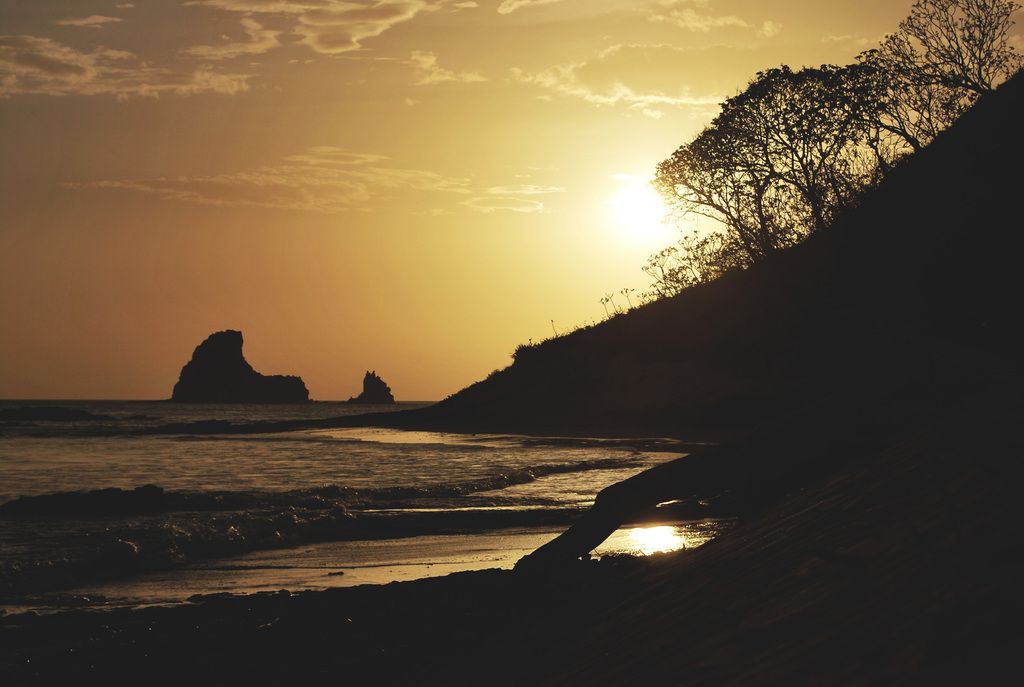Capturing Captivating Astral Imagery with Mehmet Ergün
Chatting with Astrophotographer Extraordinaire, Mehmet Erguen
Take a peek into the stunning universe captured by Mehmet Erguen, an award-winning astrophotographer who's a whiz at everything from deep-sky imagery to landscape shots. In this exclusive interview, we dive deep into his incredible images, his gear and techniques, and his tips for newbies.
What's Your Current Focus in Astrophotography and How Do You Plan Your Images?
Mehmet is all about versatility, dabbling in deep-sky, planetary, and landscape photography. Planning is the key - he schedules days, weeks, or even years in advance for each shoot! To map out his ideas, Mehmet uses the software Stellarium, which lets him visualize where, when, and how his photos will look before he even points his lens at the sky. Every year, he heads to La Palma, one of the Canary Islands, for the prime location to snap pictures of deep-sky objects and the Milky Way. Intriguingly, Mehmet also loves photographing the dynamic sun in H-alpha from home.
What Equipment Do You Use?
Mehmet's kit is incredibly diverse, depending on the type of astrophotography at hand. He relies on an array of telescopes like the William Optics RedCat61, Sharpstar SDQ121, the powerful Celestron 9.25 EdgeHD, and the Lunt LS60/DS60, among others. Mounting his telescopes are the Rainbow Astro RST-135 and the Fornax Mounts LighTrack II, top-notch choices for steady and accurate aim.
Camera-wise, Mehmet switches between the ZWO ASI533MC Pro and the specialized Nikon Z6a CDS cooled, entirely spectrum-modified and actively cooled to minimize noise in his long exposures. This Nikon can handle deep-sky and Milky Way photography, while also letting him use 2-inch filters even with lenses, for a winning combination of flexibility and performance.
Rounding out his gear, Mehmet uses the Samyang 24mm f1.4 and Samyang 50mm f1.4 lenses, the ASIAIR Plus, DayStar Gemini Quark, and a 160mm D-ERF energy rejection filter.
What Post-Processing Do You Do?
Each object in astronomy photography requires unique post-processing, but Mehmet has his workflow down pat. For deep-sky images, he turns to PixInsight, Photoshop, and Lightroom, delicately crafting each picture to showcase the beauty hidden in the stars. Solar system photos, on the other hand, get processed and captured with SharpCap, AutoStakkert, RegiStax, and Photoshop. Lastly, Milky Way shots are enhanced using Photoshop and Lightroom.
Tips for Astrophotography Beginners
- Learn your night sky! To find the subjects you'll love, make friends with a star chart and helpful astro apps.
- Know your gear - the more familiar you are with your camera settings, the smoother your shoots will go under the stars.
- Dress warm, so that you can enjoy the chilly night without freezing!
- Experience and good skies can't be bought – it takes years to hone your skills and luck (and effort) to get great results.
- Don't give up! Astrophotography can come with its fair share of ups and downs, but keep pushing through to create incredible images.
- Beginners can use almost any camera because you'll improve and upgrade over time – no need to break the bank on fancy gear right off the bat!
About Mehmet Erguen
Mehmet has been capturing the enchanting night sky for about 14 years, driven by a childhood fascination that began after a conversation with his cousin about the ephemeral nature of celestial bodies. His passion for astrophotography remains undimmed, and he frequently shares his insights by hosting workshops and speaking at events. To learn more about his work and see his stunning images, check out his website and social media:
- Website: https://mehmet-erguen.com/
- Facebook: https://www.facebook.com/MehmetErguenofficial
- Instagram: https://www.instagram.com/mehmet.erguen/
Related Content from Skies & Scopes
- Astronomy Photographer of the Year: Gear Analysis
- Best Astrophotographers Interviews & Case Studies
- Best Cameras for Astrophotography
- What is an Astro Modified Camera?
- Best Mount for Astrophotography
- Best Star Tracker for Astrophotography
- Best CMOS Cameras for Astrophotography
- Best Apochromatic Refractor Telescopes
- Best Lenses for Astrophotography
- Mehmet Erguen, an expert in astrophotography, dabbles in various fields, including deep-sky, planetary, and landscapes.
- For his images, Mehmet carefully plans shoots, sometimes scheduling them months or years in advance, using software like Stellarium to visualize the resulting photos.
- Mehmet's equipment includes a variety of telescopes, such as the William Optics RedCat61, Sharpstar SDQ121, Celestron 9.25 EdgeHD, and Lunt LS60/DS60, among others, as well as mounts like the Rainbow Astro RST-135 and Fornax Mounts LighTrack II.
- When it comes to cameras, Mehmet alternates between the ZWO ASI533MC Pro and a specialized Nikon Z6a CDS, which is cooled, spectrum-modified, and actively cooled to minimize noise.
- Other essential gear in Mehmet's arsenal includes the Samyang 24mm f1.4 and Samyang 50mm f1.4 lenses, the DayStar Gemini Quark, and a 160mm D-ERF energy rejection filter.
- Post-processing methods vary depending on the type of astrophotography, with PixInsight, Photoshop, and Lightroom used for deep-sky, SharpCap, AutoStakkert, RegiStax, and Photoshop for solar system photos, and Photoshop and Lightroom for Milky Way shots.
- For beginners, Mehmet offers tips such as learning the night sky with the help of star charts and astro apps, understanding camera settings, dressing warmly, embracing the learning process, starting with any camera, and honing skills over time.




